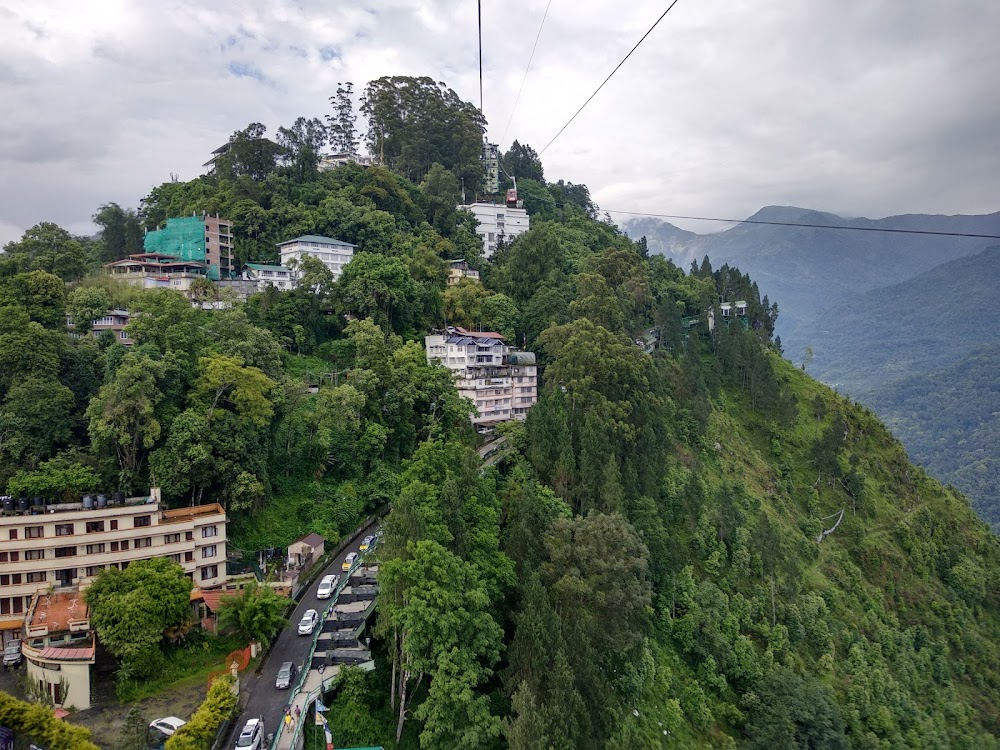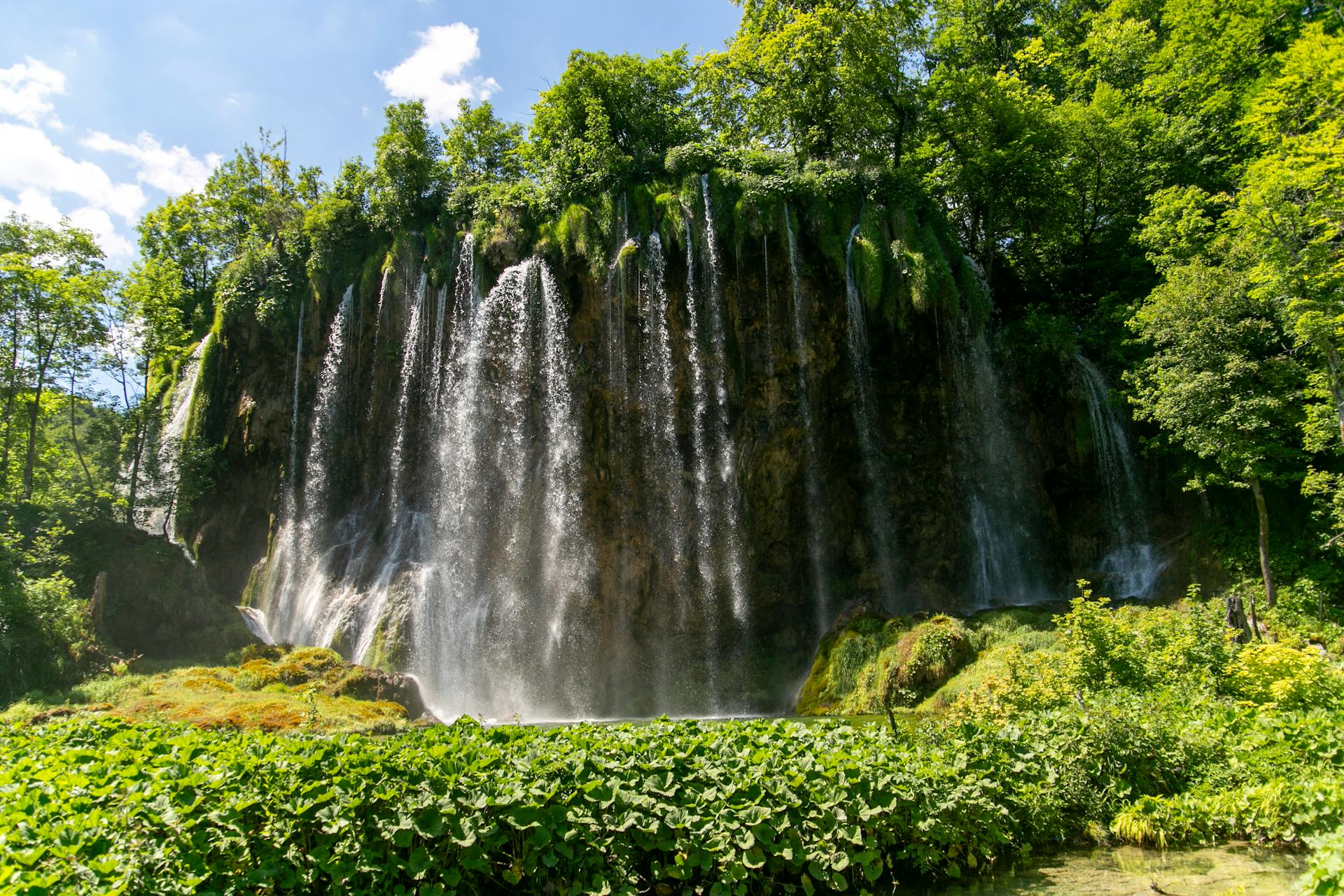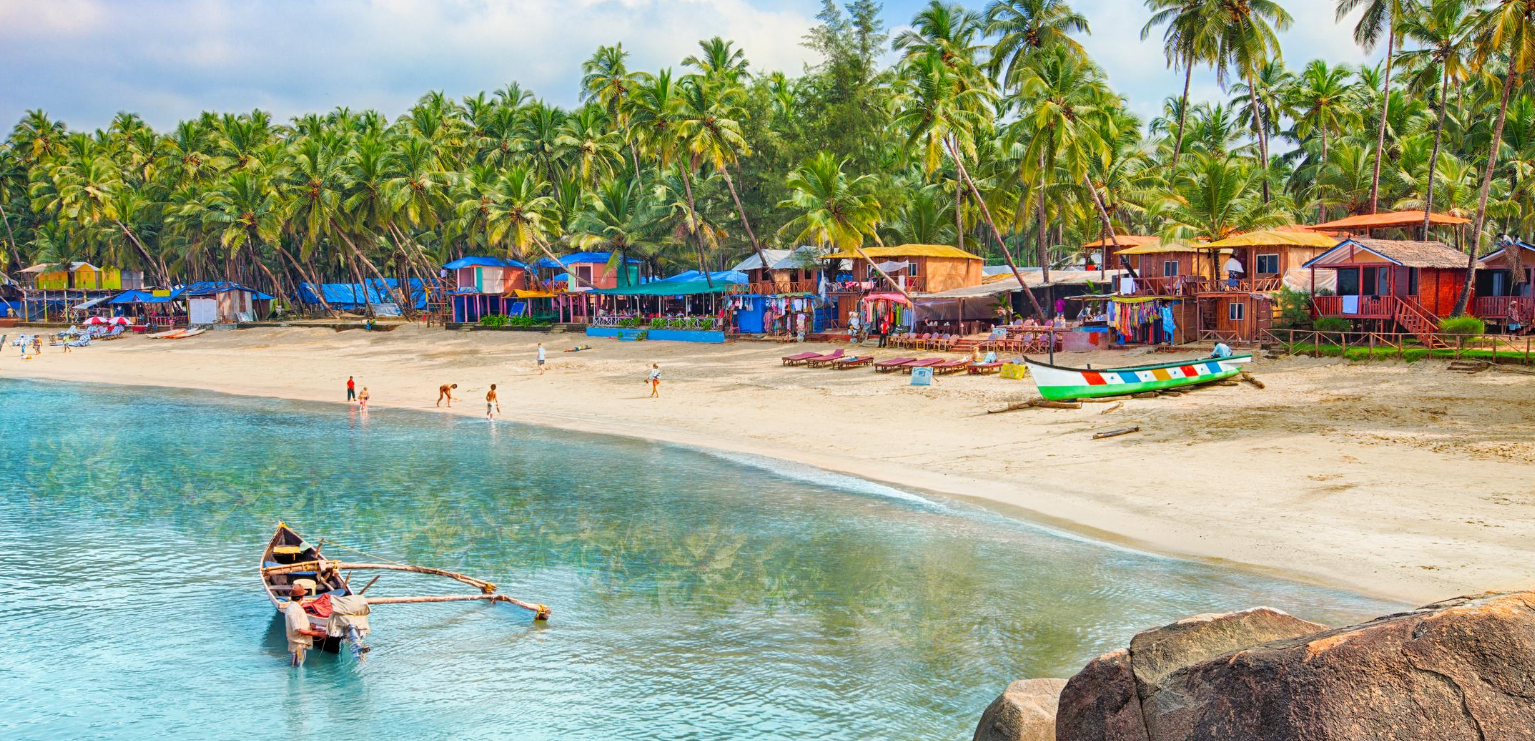Gangtok, the capital city of Sikkim, India, is a picturesque hill station nestled in the Eastern Himalayas. Known for its serene landscapes, vibrant culture, and panoramic views of the Kanchenjunga, Gangtok attracts travelers year-round. However, the experience varies significantly with the changing seasons. Understanding the best time to visit Gangtok can enhance your travel experience, ensuring you witness the city at its most captivating.
Spring (March to May): A Blooming Paradise
Spring in Gangtok is marked by pleasant weather and the blossoming of various flowers, including the state flower, the rhododendron. The temperatures range from 12°C to 24°C, making it ideal for sightseeing and outdoor activities. This season is perfect for exploring the lush landscapes and enjoying the vibrant colors of blooming flowers.
Highlights:
- Rhododendron Bloom: Late March to April is the rhododendron season. A visit to the Barsey Rhododendron Sanctuary during this time offers a spectacular view of crimson blooms across the Singalila range.
- Wildlife Sanctuaries: Spring is an excellent time to visit Fambonglho Wildlife Sanctuary, home to red pandas and other Himalayan fauna.
- Tsomgo Lake: The lake remains accessible, offering a serene environment for visitors.
Summer (June to August): Monsoon Season
Summer in Gangtok coincides with the monsoon season, bringing heavy rainfall and high humidity. Temperatures range from 17°C to 28°C. While the lush greenery and misty landscapes are enchanting, the monsoon season poses challenges for travelers.
Considerations:
- Landslides: Heavy rainfall can lead to landslides, disrupting travel plans.
- Foggy Mornings: Mornings are often foggy, limiting visibility.
- Festivals: Despite the weather, festivals like Dashain are celebrated during this period, offering a unique cultural experience.
Autumn (September to November): Clear Skies and Cultural Festivities
Autumn is considered one of the best times to visit Gangtok. The weather is crisp and clear, with temperatures ranging from 6°C to 18°C. The skies are often clear, providing unobstructed views of the Kanchenjunga. This season also hosts several cultural festivals.
Highlights:
- Namchi Mahotsav: Held in October, this festival celebrates local culture with flower displays, food events, and traditional dance performances.
- Photography Opportunities: The clear skies and vibrant landscapes offer excellent opportunities for photography.
- Outdoor Activities: Ideal for trekking and exploring the natural beauty of the region.
Winter (December to February): Snow-Capped Beauty
Winter transforms Gangtok into a winter wonderland. Daytime temperatures range from 5°C to 15°C, while nighttime temperatures can drop below freezing in higher altitudes. Snowfall is common, especially around Tsomgo Lake and higher altitudes.
Highlights:
- Snowfall: Experience snowfall in higher altitudes, creating picturesque landscapes.
- Adventure Activities: Ideal for activities like trekking, mountain biking, and paragliding.
- Festivals: Celebrate Losar (Tibetan New Year) and the Sikkim Winter Festival, showcasing local culture, music, and dance.
Travel Tips
- Permits: Foreign nationals require an Inner Line Permit to enter Sikkim, which can be obtained online or at entry checkpoints.
- Packing: Pack accordingly for the season. For monsoon, carry waterproof clothing; for winter, pack warm clothing.
- Health Precautions: Carry necessary medications and consult a doctor before traveling to high altitudes.
Conclusion
The best time to visit Gangtok depends on your preferences and the experiences you’re seeking. Spring and autumn offer pleasant weather and vibrant landscapes, ideal for sightseeing and outdoor activities. Summer brings lush greenery but comes with the challenges of the monsoon season. Winter offers a snowy retreat with festive celebrations. By understanding the seasonal variations, you can plan your visit to Gangtok to make the most of what this beautiful hill station has to offer.









Leave a Reply
View Comments